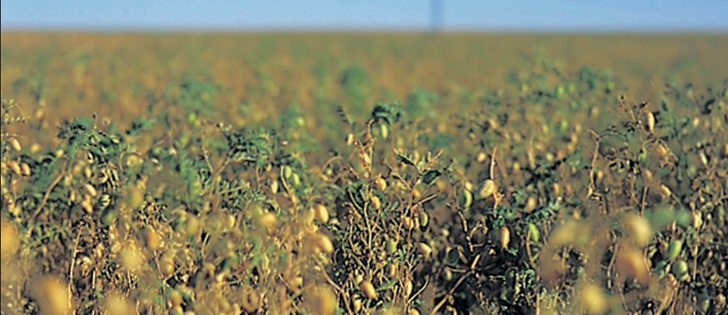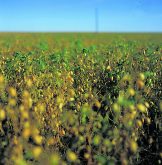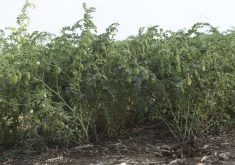Not out of danger yet | Long growing season means late-harvested crop could still be hit by frost
Saskatchewan’s crops have been hit by a variety of quality issues, with one notable exception.
“We’ve seen chickpeas that are just mint,” said Daryl Beswitherick, program manager for quality assurance with the Canadian Grain Commission.
“It’s just a great year for chickpeas, I guess. Just beautiful.”
Colin Young, manager of Acrocorp Processing in Moose Jaw, said that’s what he has seen as well.
“A good percentage of the crop has been harvested and is exceptional quality, No. 2 or better without need of (sorting),” he said.
Read Also

Volatile temperatures expected for this winter
DTN is forecasting a lot of temperature variability in the Canadian Prairies this winter. Precipitation should be close to average.
But he noted that chickpeas have a long growing season and the 30 percent of the crop remaining to be harvested could have frost damage.
Temperatures dipped to -2 C in Moose Jaw for a couple of hours on Sept. 17.
“When I got up this morning the rooftops were white. It’s very difficult to tell if it has been a killing frost or not,” said Young.
Agriculture Canada is forecasting 120,000 tonnes of chickpea production and about 148,000 tonnes of exportable supply. Young said the vast majority of that would be Frontier type kabuli chickpeas.
Typical bids are in the high 30s (cents per pound) for nine millimetre, mid-to-low 30s for eight mm and mid-to-low 20s for seven mm.
That’s quite a step down from last year’s buoyant prices, which topped 50 cents per lb.
But with this year’s phenomenal quality, growers should still be able to make out quite well when selling the 2012 crop. Young expects trade to be brisk.
“Producers are more enthusiastic to participate in a market where they’re getting top price,” he said.
He doesn’t anticipate any problem moving the crop.
“The better grades are easier to sell and have more marketing options,” said Young.
But he is concerned about another pulse crop.
“For the first time in my 15-year career, I’m struggling with the concept that lentils are one of the poorest returning commodities on the farm,” said Young.
“Farmers have responded to the low prices by storing the lentils at this stage.”
















